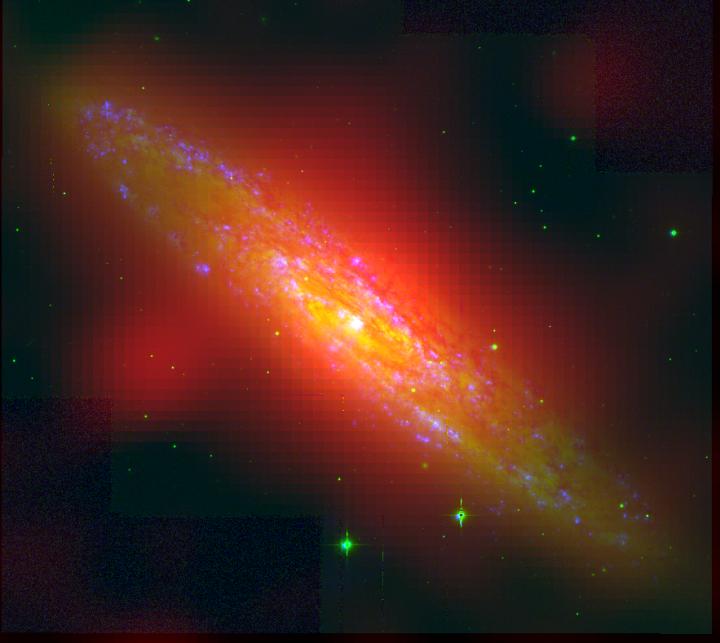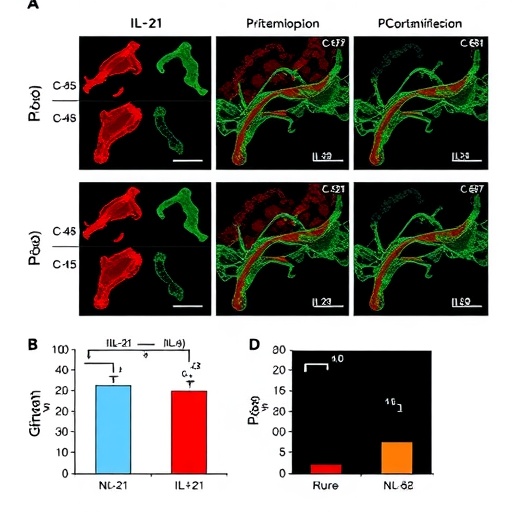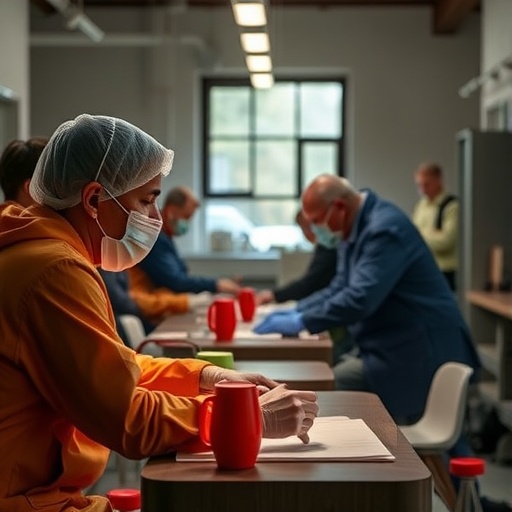
Credit: Credits: A.D. Kapinska, G. Meurer. ICRAR/UWA/CAASTRO.
Astronomers have used a radio telescope in outback Western Australia to see the halo of a nearby starburst galaxy in unprecedented detail.
A starburst galaxy is a galaxy experiencing a period of intense star formation and this one, known as NGC 253 or the Sculptor Galaxy, is approximately 11.5 million light-years from Earth.
"The Sculptor Galaxy is currently forming stars at a rate of five solar masses each year, which is a many times faster than our own Milky Way," said lead researcher Dr Anna Kapinska, from The University of Western Australia and the International Centre for Radio Astronomy Research (ICRAR) in Perth.
"This galaxy is famous because it's beautiful and very close to us, and because of what's happening inside it–it's quite extraordinary."
The Sculptor Galaxy has an enormous halo of gas, dust and stars, which had not been observed before at frequencies below 300 MHz. The halo originates from galactic "fountains" caused by star formation in the disk and a super-wind coming from the galaxy's core.
"We're very fortunate to have such a great example of a starburst galaxy in our own cosmic backyard–it's like having a galaxy-sized laboratory on hand to conduct experiments and test our theories," said Dr Kapinska.
The study used data from the 'GaLactic and Extragalactic All-sky MWA', or 'GLEAM' survey, which was observed by the Murchison Widefield Array (MWA) radio telescope located in remote Western Australia.
"With the GLEAM survey we were able, for the first time, to see this galaxy in its full glory with unprecedented sensitivity at low radio frequencies," said Dr Kapinska.
"It's remarkable how easily the MWA detected the diffuse halo, we managed it with just an hour of observing as the galaxy passed overhead," she said.
"We could see radio emission from electrons accelerated by supernova explosions spiralling in magnetic fields, and absorption by dense electron-ion plasma clouds –it's absolutely fascinating."
The MWA is a precursor to the Square Kilometre Array (SKA) radio telescope, part of which will be built in Western Australia in the next decade.
Co-author Professor Lister Staveley-Smith, from ICRAR and the ARC Centre of Excellence for All-sky Astrophysics (CAASTRO), said the SKA will be the largest radio telescope in the world and will be capable of discovering many new star-forming galaxies when it comes online.
"But before we're ready to conduct a large-scale survey of star-forming and starburst galaxies with the SKA we need to know as much as possible about these galaxies and what triggers their extreme rate of star formation," he said.
"By getting to the bottom of what's causing this galaxy to produce so many stars, we can better understand how other galaxies form, grow and change over time throughout the Universe."
###
More Information:
The MWA: The Murchison Widefield Array (MWA) is a low frequency radio telescope located at the Murchison Radio-astronomy Observatory in Western Australia's Mid West. The MWA observes radio waves with frequencies between 70 and 320 MHz and was the first of the three Square Kilometre Array (SKA) precursors to be completed.
The SKA: Co-located primarily in South Africa and Western Australia, the SKA will be a collection of hundreds of thousands of radio antennas with a combined collecting area equivalent to approximately one million square metres, or one square kilometre.
ICRAR: The International Centre for Radio Astronomy Research, or ICRAR, is a joint venture between Curtin University and The University of Western Australia with support and funding from the State Government of Western Australia.
CAASTRO: CAASTRO is a collaboration of The University of Sydney, The Australian National University, The University of Melbourne, Swinburne University of Technology, The University of Queensland, The University of Western Australia and Curtin University. It is funded under the Australian Research Council (ARC) Centre of Excellence program, with additional funding from the seven participating universities and from the NSW State Government's Science Leveraging Fund.
Multimedia:
High-resolution images (plus captions and credits) are available from http://www.icrar.org/starburst
Contacts:
Dr Anna Kapinska (ICRAR-UWA, CAASTRO)
Ph: +61 474 476 790 E: [email protected]
Dr Lister Staveley-Smith (ICRAR-UWA, CAASTRO)
Ph: +61 425 212 592 E: [email protected]
Pete Wheeler (Media Contact, ICRAR)
Ph: +61 423 982 018 E: [email protected]
Media Contact
Pete Wheeler
[email protected]
61-423-982-018
@icrar
############
Story Source: Materials provided by Scienmag





